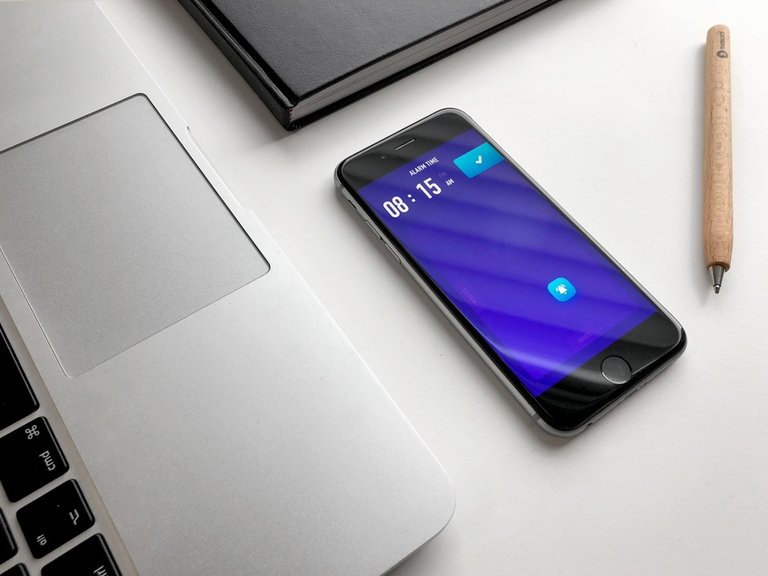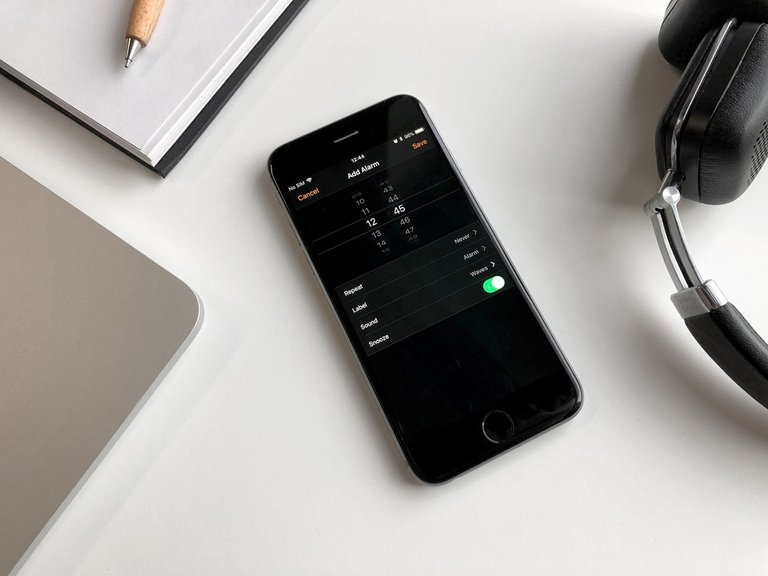In fact, the screen of any device with a touch input, in terms of the virtual space that it offers for use, is an object from the two-dimensional world. It has length and width, but no volume. Paradoxically, most of the UI controllers we used to use on the screens of our gadgets are one-dimensional objects-they only have one dimension. Take, for example, a slider.

Selection of Experimental Experiment
In the world there are quite a number of compound numerical values, which users use every day. The simplest and most common of them, which, most likely, have already come to your mind is the date and time in a numerical designation.
Usually in such cases, the user is asked to first set the hour component of the desired time separately, and then the minute one. Accordingly, in this case, from the user's point of view, the hours and minutes are two independent parameters that are set separately.

Purpose of the experiment
Check the ability to switch from the classic timecamp design to a two-dimensional slider using the example of an alarm clock application.
The main hypothesis
Due to the fact that, as we have already explained, the screen allows you to simultaneously use two measurements, the desired hour and minute of awakening can be configured in one motion.

From sketch to prototype
Due to the physical limitation of the area of the slider with the size of the phone's screen, I decided to take a value of 5 minutes for the minimum step of the slider.